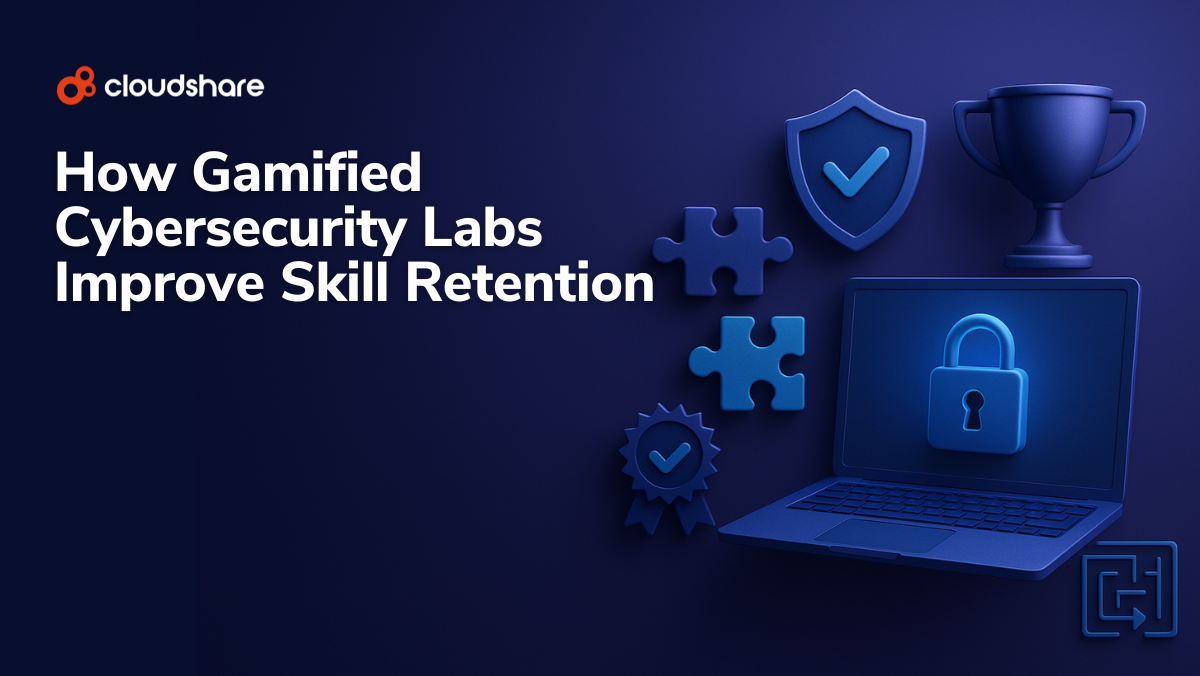
How can you tell if a training investment has paid off?
It’s a pretty simple question to answer: you just need the right metrics.
But how do you know what those metrics are, and how do you determine the exact relationship between learning outcomes and business outcomes? The answer to those questions starts with understanding two core concepts associated with evaluating your training program: efficacy and effectiveness.
What is Learning Efficacy?
Efficacy refers to how well a program teaches what it’s supposed to. Measuring efficacy allows you to determine the quality of your training and assessments.
If most participants can pass an assessment after completing a training program — and not without completing it — then that program has a high degree of efficacy.
Metrics associated with efficacy include:
- Skill proficiency
- Knowledge retention
- Time-to-proficiency
- Learner satisfaction
- Course completion rate
- Content relevance
As you’ve probably noticed, the metrics above are all associated with training outcomes, but none of them really measures how those outcomes impact your business. That’s where the second concept comes in: effectiveness.
What is Learning Effectiveness?
Effectiveness focuses on how training impacts the real world. It’s all about how well your employees can use and apply what they’ve learned. Measuring effectiveness helps connect the dots between learning outcomes and business outcomes.
Metrics associated with effectiveness include:
- Training-to-task mastery transfer
- Performance
- Productivity
- Customer satisfaction
- Customer retention
What’s the Difference Between Efficacy and Effectiveness?
In simple terms, efficacy is associated with learning outcomes whilst effectiveness is more closely tied to business outcomes. That said, effectiveness and efficacy are ultimately two sides of the same coin. You can’t really have one without the other.
For example, let’s say your program has a high level of efficacy but isn’t very effective. This could mean the information you’re teaching isn’t relevant to your organization. Alternatively, it might not provide learners with enough practical guidance or support.
A low-efficacy program that appears to be highly effective, meanwhile, indicates that there are likely external factors influencing employee learning and development. Participants are likely acquiring knowledge and skills through other means, such as informal or collaborative learning.
Finding the Right Balance Between Effectiveness and Efficacy
Your training needs both to teach what it’s supposed to and also have a positive effect on your organization. The best way to achieve this is to define your training objectives in terms of how they can help you achieve your business goals.
Start by asking the following questions:
- What are my strategic goals?
- What knowledge or skill gaps are currently hindering progress toward those goals?
- How can I fill those gaps through training?
- What metrics can I use to measure progress toward filling those gaps?
- What are the most relevant key performance indicators (KPIs) when it comes to measuring the impact of my training?
The development process for your training should also involve collaboration between multiple departments and organizational leadership. This will help ensure your training stays aligned with business objectives and your organization’s training needs.
Working with stakeholders from the departments that will be participating in your training has another benefit: it helps you develop more relevant content. In addition to providing insight into their needs, they can also suggest practical scenarios to enhance your training’s effectiveness.
Finally, adopt a mindset of continuous improvement for training. Regularly collect employee feedback about the training while monitoring both efficacy and effectiveness. This will help you evaluate, on an ongoing basis, that your training is still accomplishing its goals.
Promoting a culture of continuous learning may also be worthwhile, as this can further boost efficacy and effectiveness.
Next Steps: Learn What Makes an Effective Training Environment
A training program shouldn’t just confer knowledge. It also needs to guide trainees on how to apply what they’ve learned in the real world.
While content and strategy affect whether your training can achieve both, another factor is equally important: how it is delivered. Your training environment is crucial. With that in mind, check out The Five Key Elements of an Effective Training Environment. And, if you’re interested in exploring this topic beyond employee training, we recommend How to Measure the Effectiveness of Your Customer Training Strategy.




